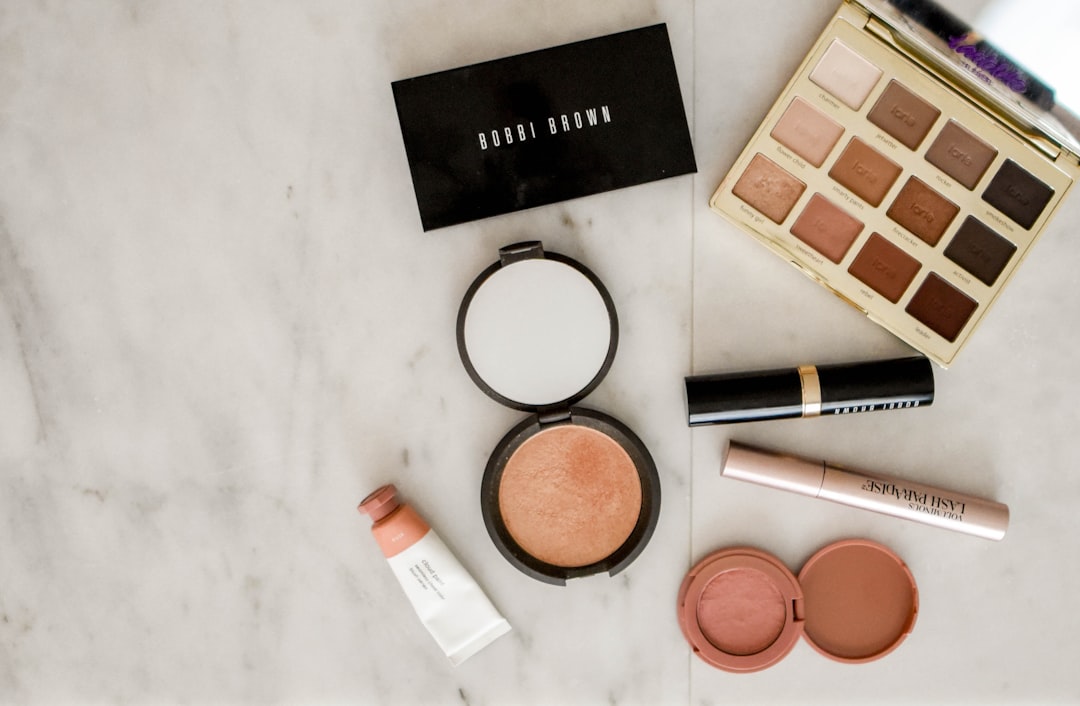It is no secret that high blood pressure can lead to serious health complications, such as stroke, heart attack, and even death. But, with the right diet and exercise, you can manage your blood pressure naturally and reduce your risk of serious health issues. In this blog post, we will be exploring how to manage blood pressure naturally through diet and exercise.
What is Blood Pressure?
Before we dive into the details of how to manage blood pressure naturally, it is important to understand what blood pressure is. Blood pressure is the force of blood pushing against the walls of your arteries as it moves through your body. When the arteries become too narrow or blocked, the pressure increases, leading to high blood pressure.
Diet Tips for Managing Blood Pressure
When it comes to managing blood pressure naturally, diet plays a major role. Here are some diet tips to help you keep your blood pressure in check:
1. Eat a Healthy Diet: Eating a diet rich in fruits, vegetables, and whole grains is essential for maintaining healthy blood pressure. Avoid processed and fast foods, as well as foods high in saturated fat, sugar, and sodium.
2. Cut Back on Sodium: Reducing your intake of sodium is one of the most important dietary changes you can make to lower your blood pressure. Aim to keep your sodium intake to under 2,300 milligrams per day.
3. Increase Potassium Intake: Potassium helps to balance out the effects of sodium and can help to lower your blood pressure. Increase your intake of potassium-rich foods, such as bananas, sweet potatoes, and avocados.
4. Increase Fiber Intake: Eating foods high in fiber can help to reduce your blood pressure. Good sources of fiber include whole grains, beans, and fruits and vegetables.
Exercise Tips for Managing Blood Pressure
In addition to following a healthy diet, regular exercise is also key to managing your blood pressure naturally. Here are some exercise tips to help you keep your blood pressure in check:
1. Get Regular Exercise: Aim for at least 30 minutes of moderate-intensity exercise most days of the week. This can include walking, jogging, swimming, or cycling.
2. Avoid Extreme Exercise: While regular exercise is beneficial for managing your blood pressure, extreme or excessive exercise can be detrimental. Avoid exercising too intensely or for too long.
3. Pace Yourself: When you are exercising, be sure to pace yourself and don’t push yourself too hard. Start slowly and gradually increase your intensity over time.
4. Stay Hydrated: Staying hydrated is essential for keeping your blood pressure in check. Make sure to drink plenty of water before, during, and after your workout.
Final Thoughts
Managing your blood pressure naturally through diet and exercise is key to reducing your risk of serious health problems. Eating a healthy diet and getting regular exercise are both essential for keeping your blood pressure in check. Make sure to follow the tips outlined in this blog post to help you manage your blood pressure naturally.1. Eat foods that are rich in potassium, magnesium, and calcium, such as fruits, vegetables, low-fat dairy, and nuts.
2. Reduce your sodium intake by avoiding processed foods and using herbs and spices to flavor your meals.
3. Increase your fiber intake by eating whole grains, legumes, and fruits and vegetables.
4. Avoid saturated fats and trans fats, and replace them with healthy fats such as olive oil and avocados.
5. Reduce your alcohol intake and be sure to not exceed the recommended daily limits.
6. Exercise regularly. Aim for at least 30 minutes of moderate physical activity each day.
7. Reduce your stress levels. Find ways to relax and manage your stress, such as yoga, meditation, and deep breathing.
8. Take your blood pressure medications as prescribed.
9. Be sure to get your blood pressure checked regularly.10. Follow a healthy diet that is low in fat, salt, and cholesterol, and high in fruits and vegetables.
11. Exercise regularly, aiming for at least 30 minutes of exercise 5 times a week.
12. Make sure to get adequate rest and sleep.
13. Avoid smoking and excessive alcohol consumption.
14. Reduce stress through relaxation techniques or counseling.
15. Monitor your blood pressure at home.16. Regularly get a physical examination and follow your doctor’s instructions for managing any underlying conditions.
17. Eat a balanced diet that is low in saturated fats, cholesterol, and sodium.
18. Exercise regularly and incorporate exercises to help build strength and flexibility.
19. Avoid smoking and limit your alcohol intake.
20. Practice healthy stress management techniques such as
Photo by Element5 Digital on Unsplash
deep breathing, yoga, meditation, and mindfulness.21. Make sure to get enough sleep every night.
22. Spend time in nature and enjoy outdoor activities.
23. Exercise regularly to maintain physical health and mental wellbeing.
24. Eat a balanced diet that includes plenty of fruits and vegetables.
25. Drink plenty of water to stay hydrated.26. Exercise regularly to maintain a healthy weight and improve overall health.
27. Get enough sleep to reduce stress and improve cognitive functioning.
28. Avoid smoking and excessive alcohol consumption.
29. Practice relaxation techniques such as yoga, meditation, and deep breathing.
30. Connect with friends and family and stay socially active.31. Spend time in nature.
32. Exercise regularly.
33. Take up a hobby or learn a new skill.
34. Practice gratitude and positive affirmations.
35. Write in a journal or take up creative writing.
36. Practice mindfulness and be aware of your thoughts.
37. Seek out professional help if needed.
38. Avoid unhealthy coping mechanisms such as drugs and alcohol.
39. Get enough sleep.
40. Eat healthy, nourishing foods.41. Exercise regularly.
42. Practice relaxation techniques such as deep breathing or meditation.
43. Avoid alcohol, cigarettes and drugs.
44. Talk to a friend or family member if you’re feeling overwhelmed.
45. Take time for yourself to do something you enjoy.
46. Make sure to get enough rest and sleep.
47. Set realistic, achievable goals.
48. Take regular breaks from work or study.
49. Practice mindfulness and stay in the present moment.
50. Spend time in nature.51. Take slow, deep breaths.
52. Focus on your senses.
53. Take a break from technology.
54. Participate in a yoga or meditation class.
55. Notice your thoughts without judgment.
56. Label your emotions.
57. Do a body scan.
58. Practice gratitude.
59. Write down your goals.
60. Practice deep relaxation.Deep relaxation is a way to let go of stress and tension in the body. To practice deep relaxation, find a comfortable place to sit or lie down. Close your eyes and take a few deep breaths. Focus on the breath and let your thoughts drift away. Let your body relax, starting with the feet and working up to the head. As you relax, you may feel your muscles release the tension and you may feel a sense of calmness. Once you have relaxed your body, focus on your breathing. Breathe in deeply through your nose and out through your mouth. Concentrate on the sensation of your breath and the feeling of your body relaxed. You can also use a guided relaxation meditation to help you relax.Take a few moments to close your eyes and focus on your breath. Feel the air coming in and out of your lungs, and notice the sensation of your body relaxing.
Allow yourself to become aware of the sensations in your body. Notice any areas of tension or tightness, and then consciously let them go.
As you inhale, imagine that your breath is carrying away any stress or tension from your body. As you exhale, feel the stress and tension leaving your body.
Continue to focus on your breath and the feeling of relaxation. When you’re ready, bring your awareness back to the room, and slowly open your eyes.Take a deep breath and open your eyes feeling refreshed and relaxed.Take a few moments to reflect on how your body feels, and how your mind is feeling. Notice any difference between before the meditation and now.Take some time to sit with your feelings and observe any changes you may have experienced. Notice how your body is feeling and how your mind is feeling. Pay attention to any changes in your energy level, your stress level, and your overall mood. Reflect on the thoughts or feelings that arose during the meditation and how they may have changed since then.
Take note of any insights or realizations that you may have had during the meditation and how these may be relevant to your life. Spend some time reflecting on how the meditation has impacted you and how you can use what you have learned to help make positive changes in your life.I felt a sense of peace and calm during the meditation. As I focused on my breath and the present moment, I noticed my thoughts and worries slowly begin to dissipate. I felt a deeper connection to myself and an increased awareness of my body and its sensations. This has allowed me to be more mindful throughout the day and focus on the present moment. I also felt a greater sense of compassion and




